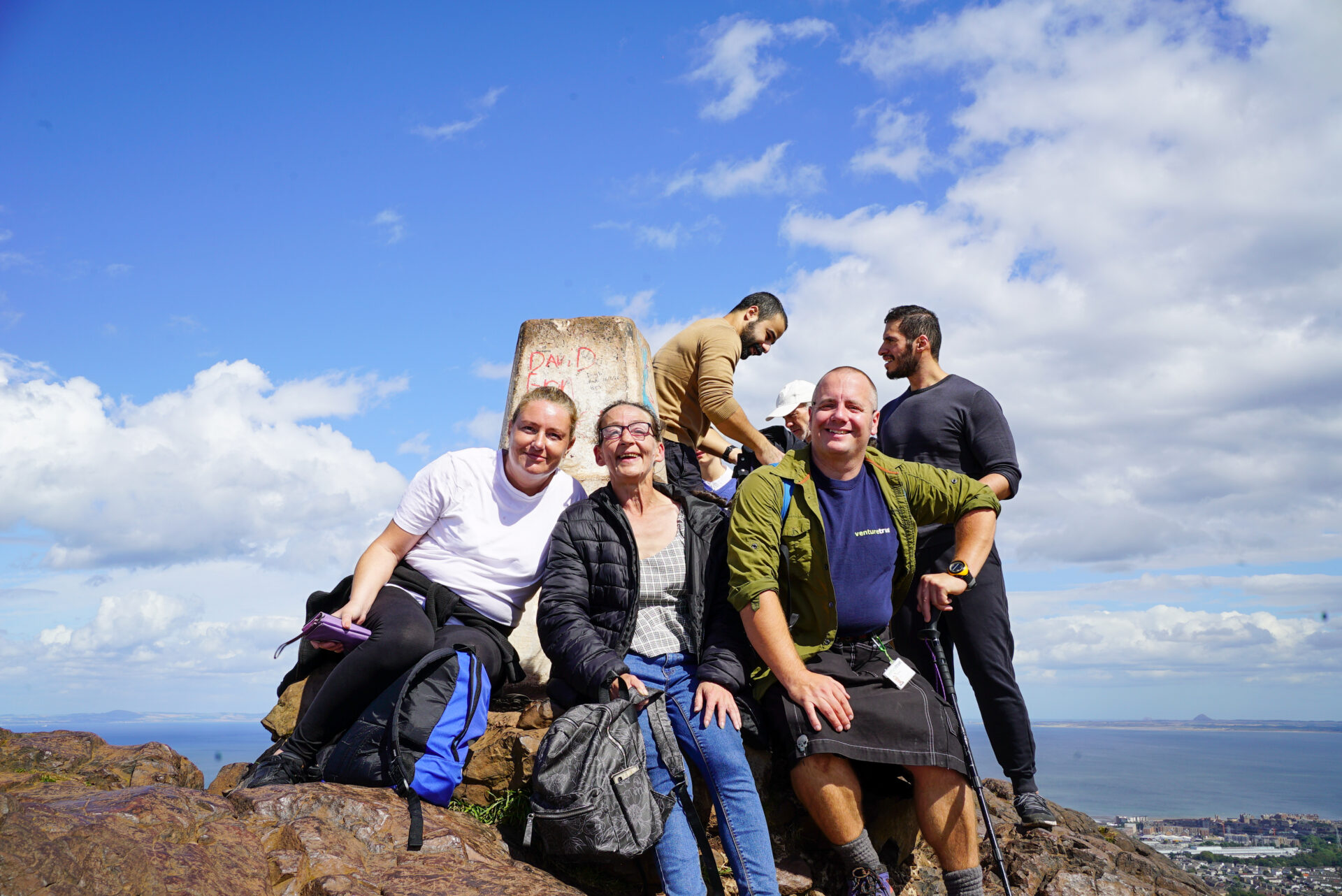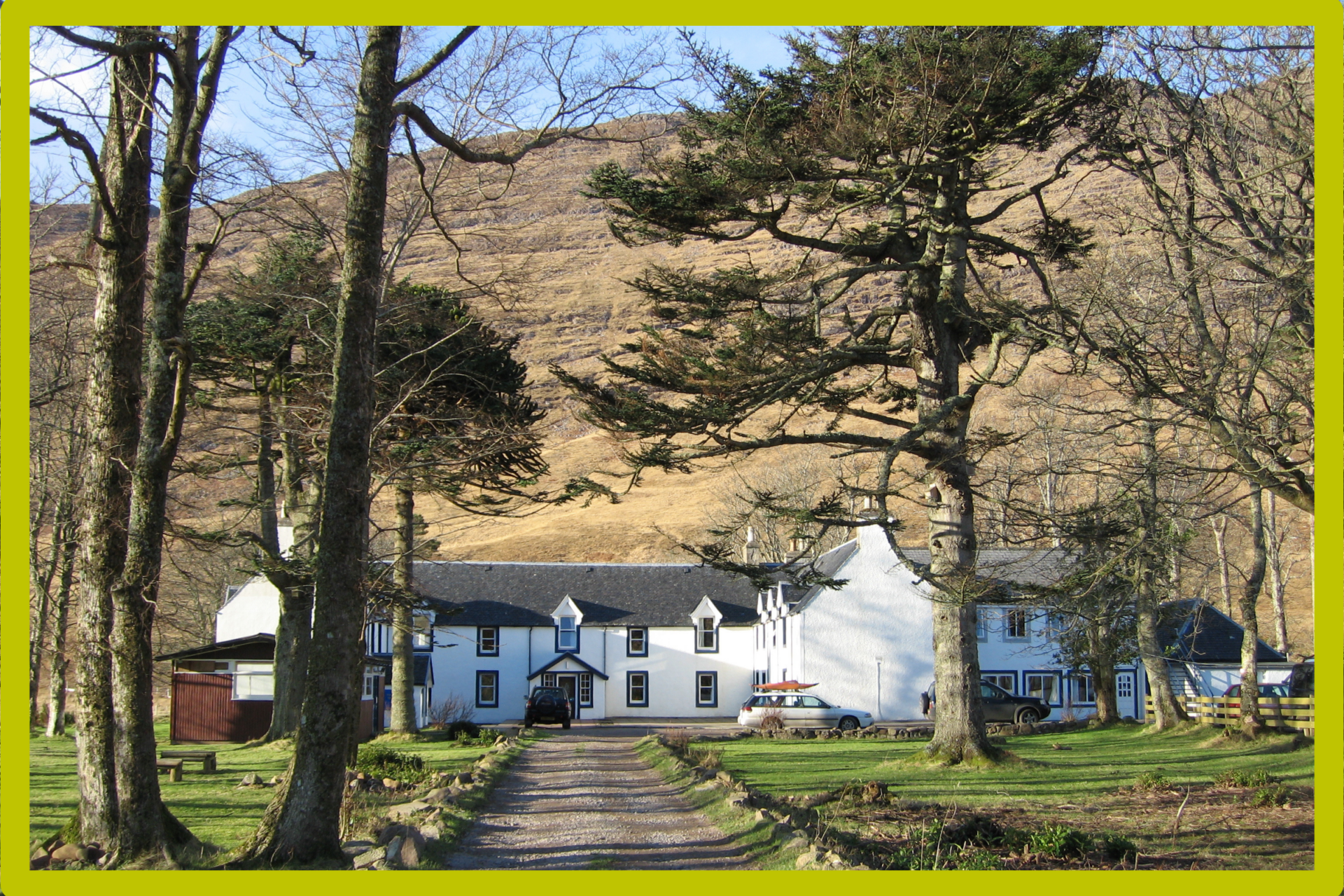Hill walking in the great outdoors provides adventure, fun, a sense of achievement and various challenges. The key to making the most from your hill walking journey is to be prepared. Venture Trust staff have over 30 years experience working in the outdoors and we’re here to help you be prepared. As part of our #BagAMunro campaign, below are six tips on how you can make the most your walking journey, stay safe and most importantly, have fun!
Check out our hill walking tips for beginners
1. Plan your day
Think about the walk you would like to do. Where is it? What distance is the route? How long will it take? How easy is the route to follow? Is the path likely to be rocky, boggy or unclear? Make sure whatever you choose suits your abilities. The Walk Highlands website has hundreds of walks organised by area (including plenty that aren’t in the Highlands) and gives distances, estimated times, and a difficulty grading. Everyone has to start somewhere, and you might need to build up gradually to your goals.
2. Be prepared
Always check the weather before you go as it can be very different in mountain areas from where you live. The Met Office produces a specific Mountain Weather Forecast for different mountain areas and has some useful advice on their website. Make sure you have enough food, water, appropriate equipment, and clothing for your walk. Wear shoes or boots with ankle support and a good sole. Quick drying clothes are much better than jeans and cotton tracksuits, t-shirts, or hoodies. Weather in the mountains can change quickly and it is not unusual to get snow or hail on the tops even in the middle of summer, so it is essential that you pack a spare, warm layer. A fleece or insulated jacket are ideal. Waterproof jacket and trousers are essential, no matter the forecast or season. Hat, gloves, a torch and small first aid kit are also key items. The Time Outdoors website has a good guide. Finally, a map of the area and a compass are important for navigation, however you need to know how to use them. A good place to learn is by joining the National Navigation Award Scheme and finding a local course provider.
3. Plan for the unplanned
When you go out for longer walks make sure you leave the details of your route-plan with a trusted person. Let them know when you expect to be safely back home. Make sure you remember to contact them when you are or update them if you are running late or make a detour. Make sure the person you tell knows what to do if they don’t hear from you. A fully charged mobile phone in a waterproof cover (or in a zip-loc sandwich bag) means you can make contact if you need to. Have the confidence to turn around if you feel the weather is getting too bad, the terrain too difficult or it is taking too long – the walk will be there for another day, so always prioritise safety.
4. Be responsible
The beautiful Scottish countryside has never been more popular, but this is putting extra pressure on local communities and the natural environment. Follow the Scottish Outdoor Access Code; park responsibly, keep dogs on a lead around livestock, don’t pollute water sources, take rubbish home, don’t light fires in dry conditions and avoid disturbing wildlife.
5. Learn something
Learning a little about the history, landscape or plants and animals you might see can really enhance your experience on walks and in the hills. There are many great mobile apps that can help you identify different plants or trees, birdsong, or groups of stars (constellations) in the night sky.
6. Enjoy yourself
Scotland has some of the most spectacular walking in the world. From the dramatic rocky peaks of Glen Coe or the Isle of Skye, the Caledonian pine forests and snow-capped peaks of the Cairngorm mountains. To the forests and lochs of the Loch Lomond and Trossachs National Park or many other places. Some of these places, or others, may be closer to your front door than you realise!
For those new to hill walking..
- To begin climbing or hill walking, you will need to make sure your fitness is at the right level. Activities such as cycling, swimming, and walking can help.
- If going walking, make sure you know the route you are taking and have comfortable clothing and footwear
- Don’t rush and take a gradual approach
- Once you feel confident in your fitness, you could try a hill with a small incline. Try to find a buddy or local walking club to go with you.
- As you become more aware of your fitness and begin hill walking over time, you can increase your limits and follow further guidance for experienced climbers.
Topics in this post:
Hill Walking Walking Scottish Highlands Outdoor Learning Walking Tips Hill Walking Tips Munro Bagging Munro Bagger







